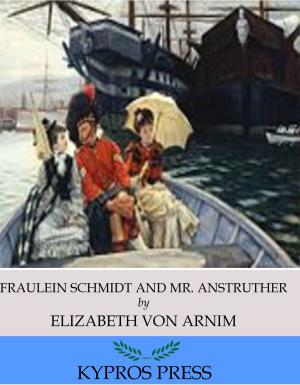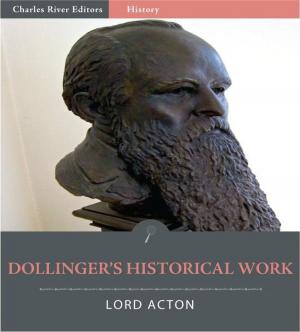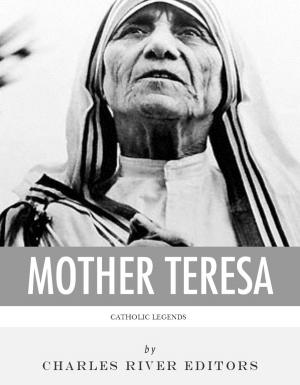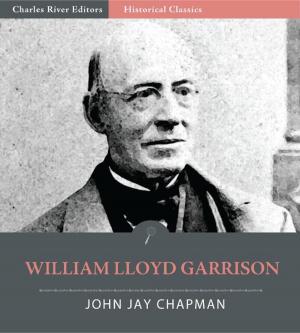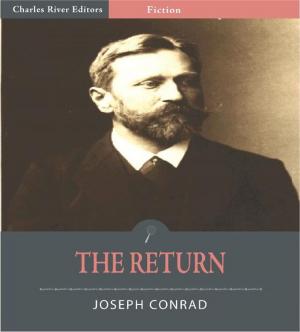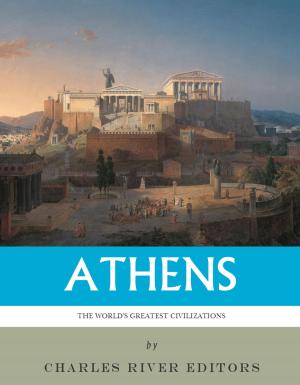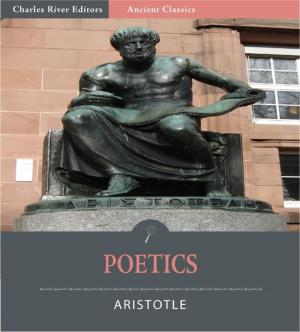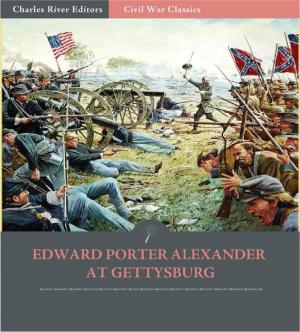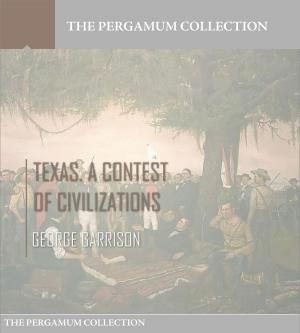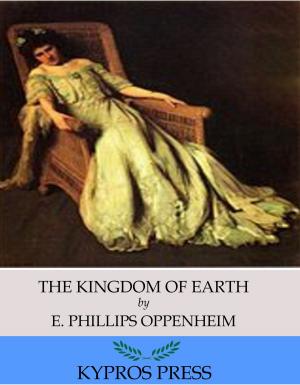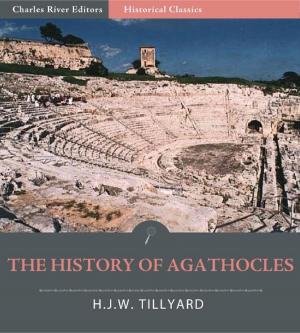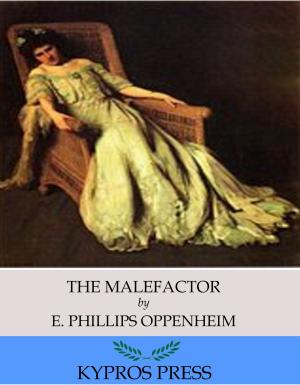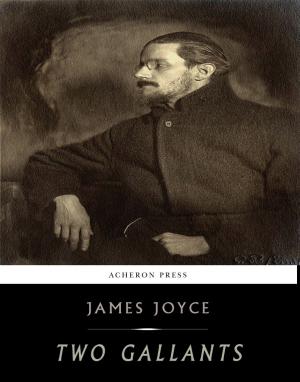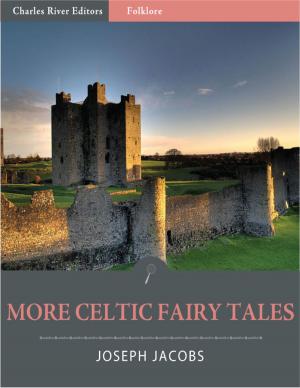The Boston Massacre, March 5, 1770, Its Causes and Its Results
Nonfiction, History, Americas, United States, Colonial Period (1600-1775), Revolutionary Period (1775-1800), British| Author: | Frederic Kidder | ISBN: | 9781475318784 |
| Publisher: | Charles River Editors | Publication: | October 22, 2012 |
| Imprint: | Language: | English |
| Author: | Frederic Kidder |
| ISBN: | 9781475318784 |
| Publisher: | Charles River Editors |
| Publication: | October 22, 2012 |
| Imprint: | |
| Language: | English |
On February 22, 1770, a group of teenagers began throwing stones and rocks at the home of British customs official Ebenezer Richardson, who tried to disperse the teens by firing a shot to scare the crowd. Instead, the bullet mortally wounded a teenager named Christopher Seider, who was accorded a full funeral procession in Boston arranged by Samuel Adams. Richardson was subsequently convicted of murder but received a royal pardon and was allowed to continue working as a customs official. Seiders death heightened tensions across the city, and on the evening of March 5, another teenager insulted a British officer regarding an overdue payment owed to the shop he was an apprentice at. British soldier Private Hugh White, who was standing guard outside the Custom house on King Street, told the teenager to be more respectful. When the teenager began insulting White, White struck him across the head with the butt of his musket. Infuriated by Whites assault, a larger group of Bostonians began crowding White and threatening him as he took up a defensive position on the steps of the Custom house. A handful of British soldiers, bayonets fixed, marched to the Custom house to protect White, and these soldiers found themselves confronted by a mob of hundreds of Bostonians taunting the soldiers and throwing snowballs at them. When one object hit British soldier Private Montgomery, he got back to his feet, shouted, Damn you, fire! and fired into the crowd, stunning everyone and nearly killing his own Captain, Thomas Preston. With that, several British soldiers began firing into the crowd as well, despite not being ordered to, killing or mortally wounding five people. Today the Boston Massacre is one of the most famous events preceding the American Revolution, and in this essay Kidder discusses the background and the climactic event that many considered the first bloodshed of the Revolution.
On February 22, 1770, a group of teenagers began throwing stones and rocks at the home of British customs official Ebenezer Richardson, who tried to disperse the teens by firing a shot to scare the crowd. Instead, the bullet mortally wounded a teenager named Christopher Seider, who was accorded a full funeral procession in Boston arranged by Samuel Adams. Richardson was subsequently convicted of murder but received a royal pardon and was allowed to continue working as a customs official. Seiders death heightened tensions across the city, and on the evening of March 5, another teenager insulted a British officer regarding an overdue payment owed to the shop he was an apprentice at. British soldier Private Hugh White, who was standing guard outside the Custom house on King Street, told the teenager to be more respectful. When the teenager began insulting White, White struck him across the head with the butt of his musket. Infuriated by Whites assault, a larger group of Bostonians began crowding White and threatening him as he took up a defensive position on the steps of the Custom house. A handful of British soldiers, bayonets fixed, marched to the Custom house to protect White, and these soldiers found themselves confronted by a mob of hundreds of Bostonians taunting the soldiers and throwing snowballs at them. When one object hit British soldier Private Montgomery, he got back to his feet, shouted, Damn you, fire! and fired into the crowd, stunning everyone and nearly killing his own Captain, Thomas Preston. With that, several British soldiers began firing into the crowd as well, despite not being ordered to, killing or mortally wounding five people. Today the Boston Massacre is one of the most famous events preceding the American Revolution, and in this essay Kidder discusses the background and the climactic event that many considered the first bloodshed of the Revolution.

